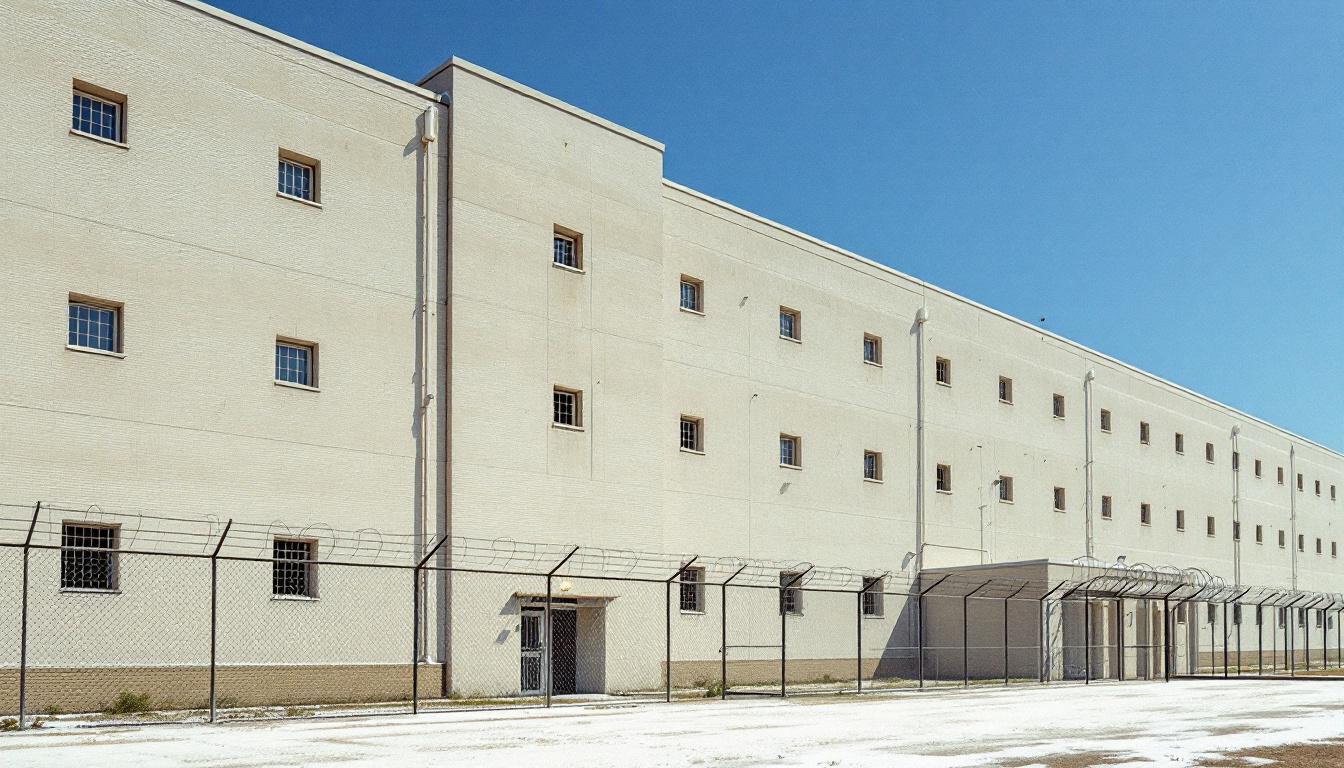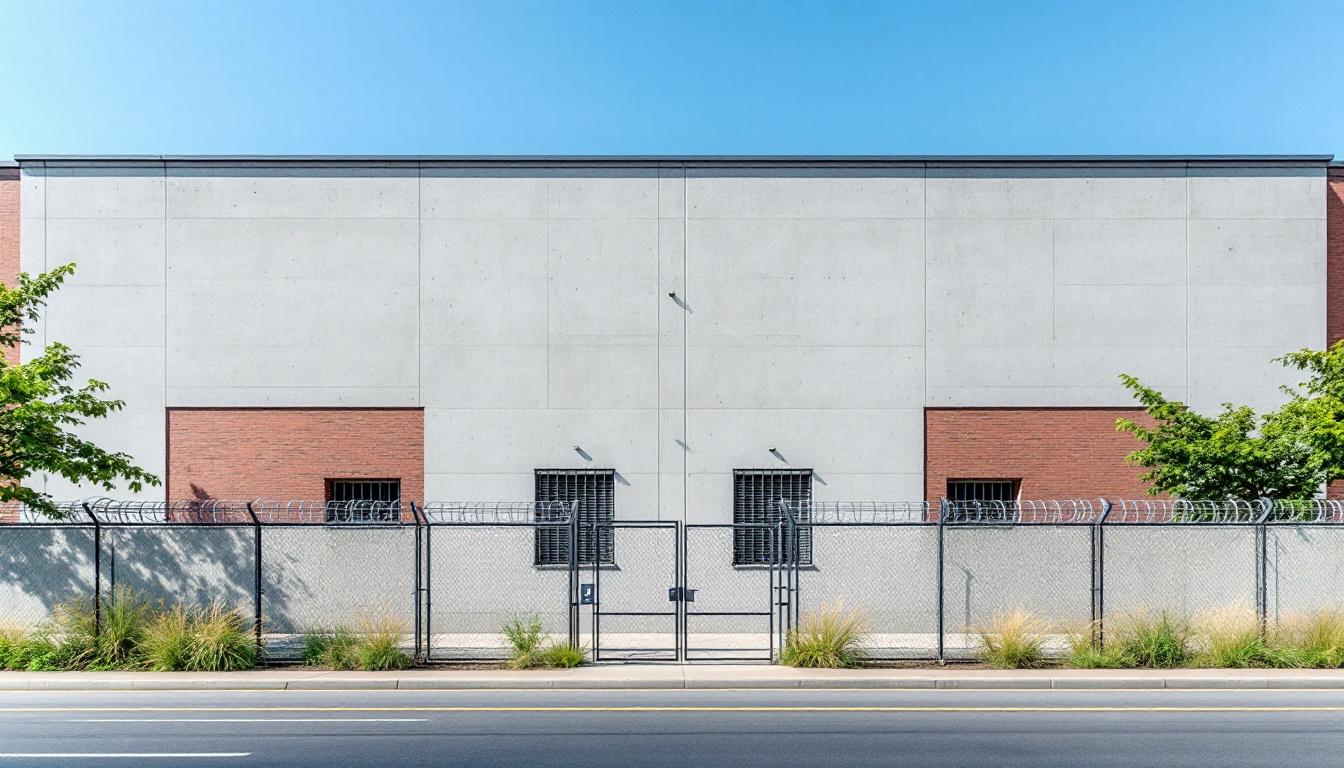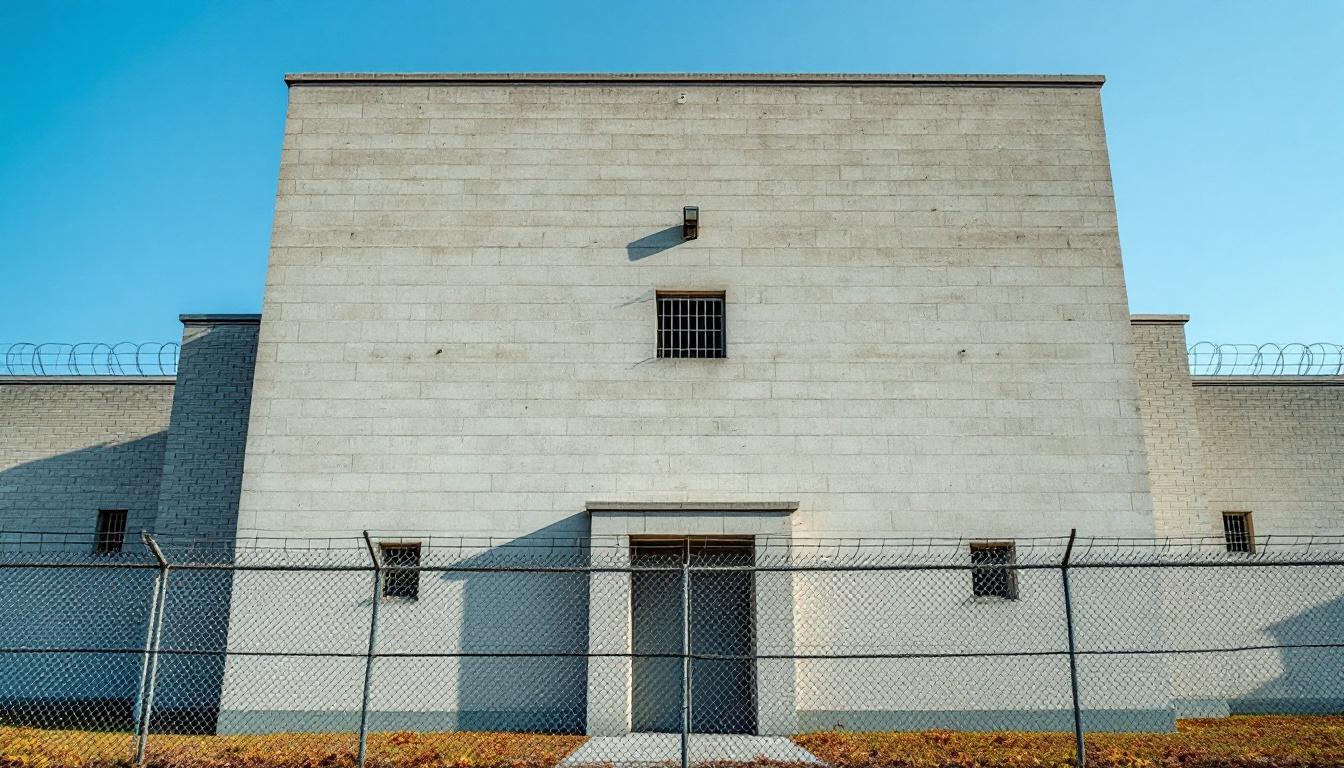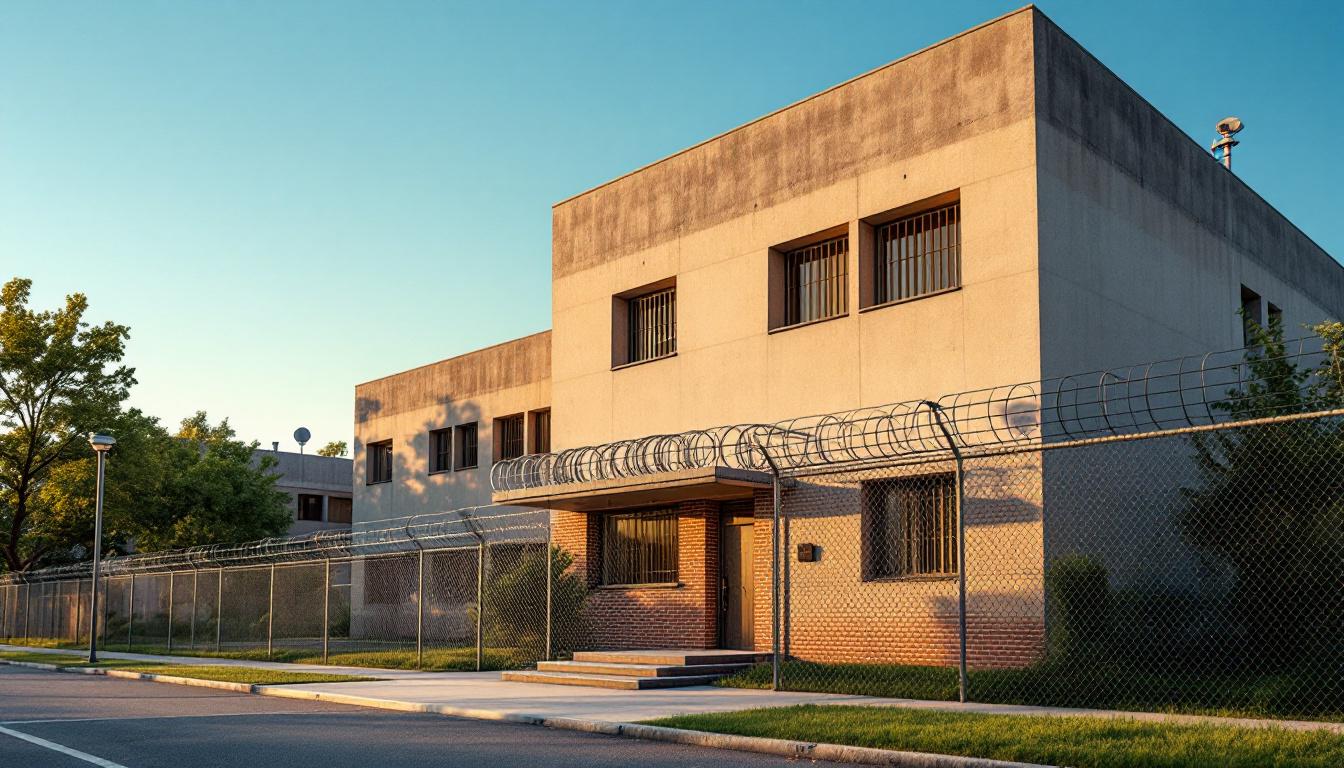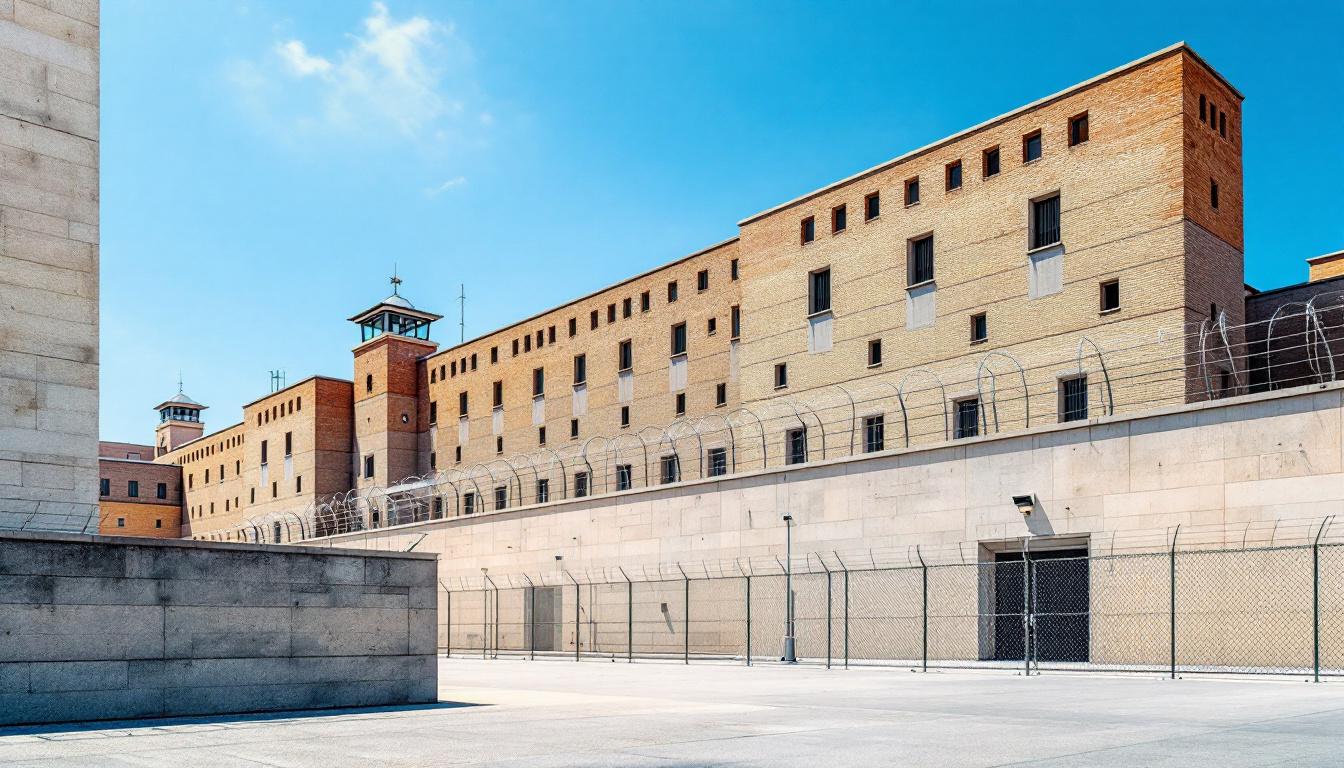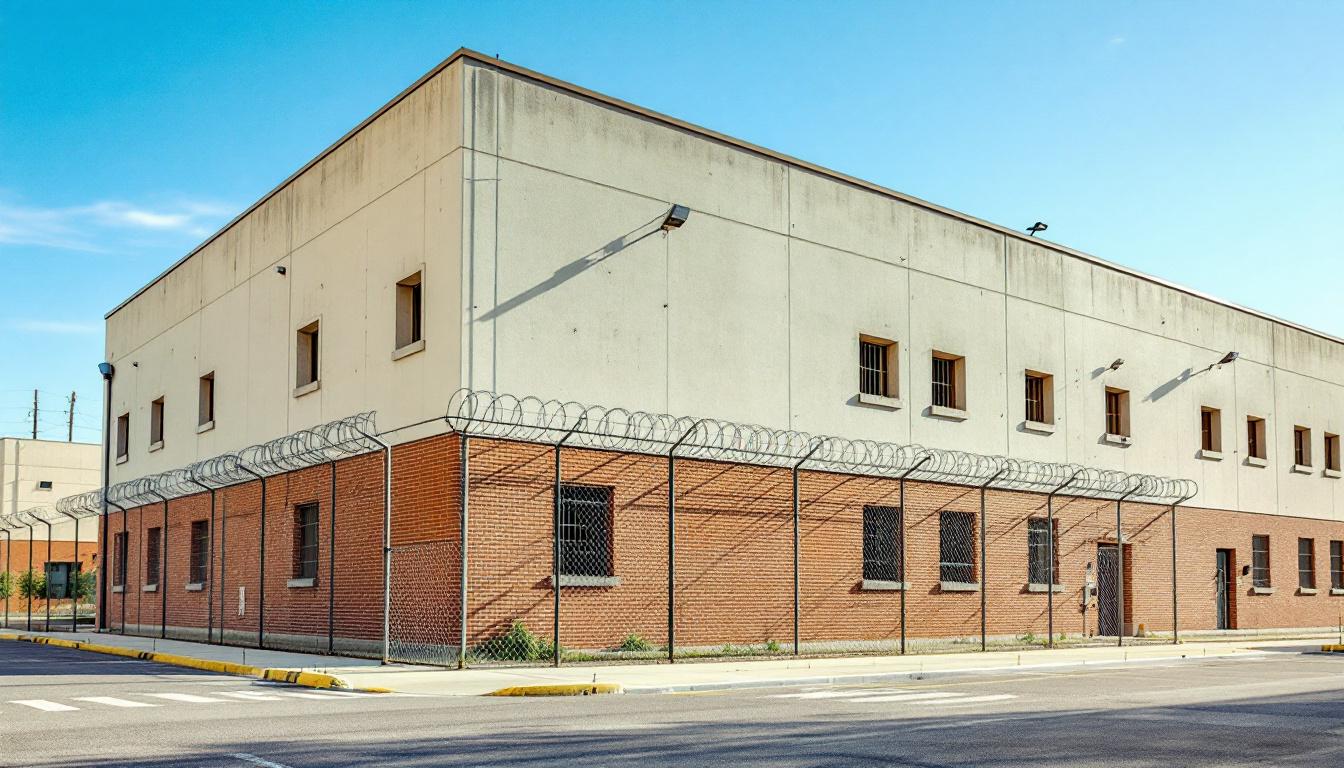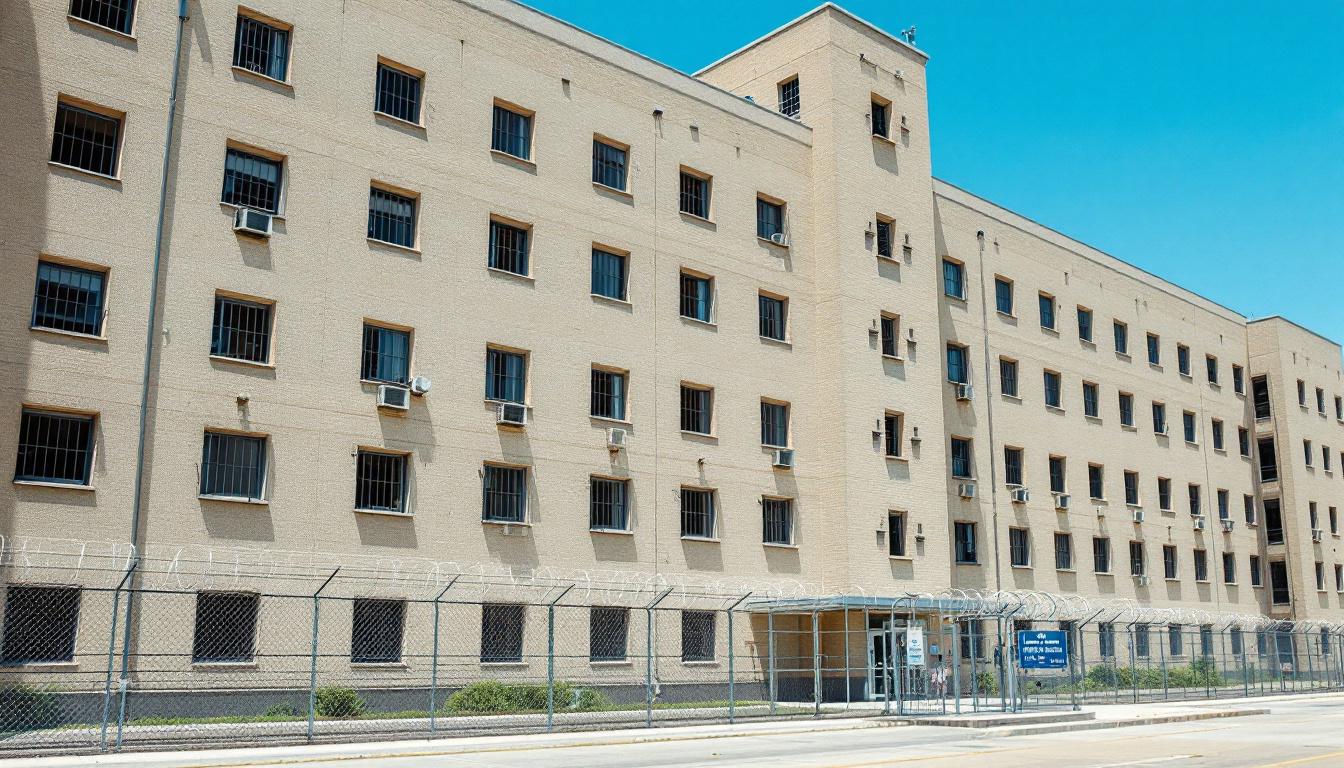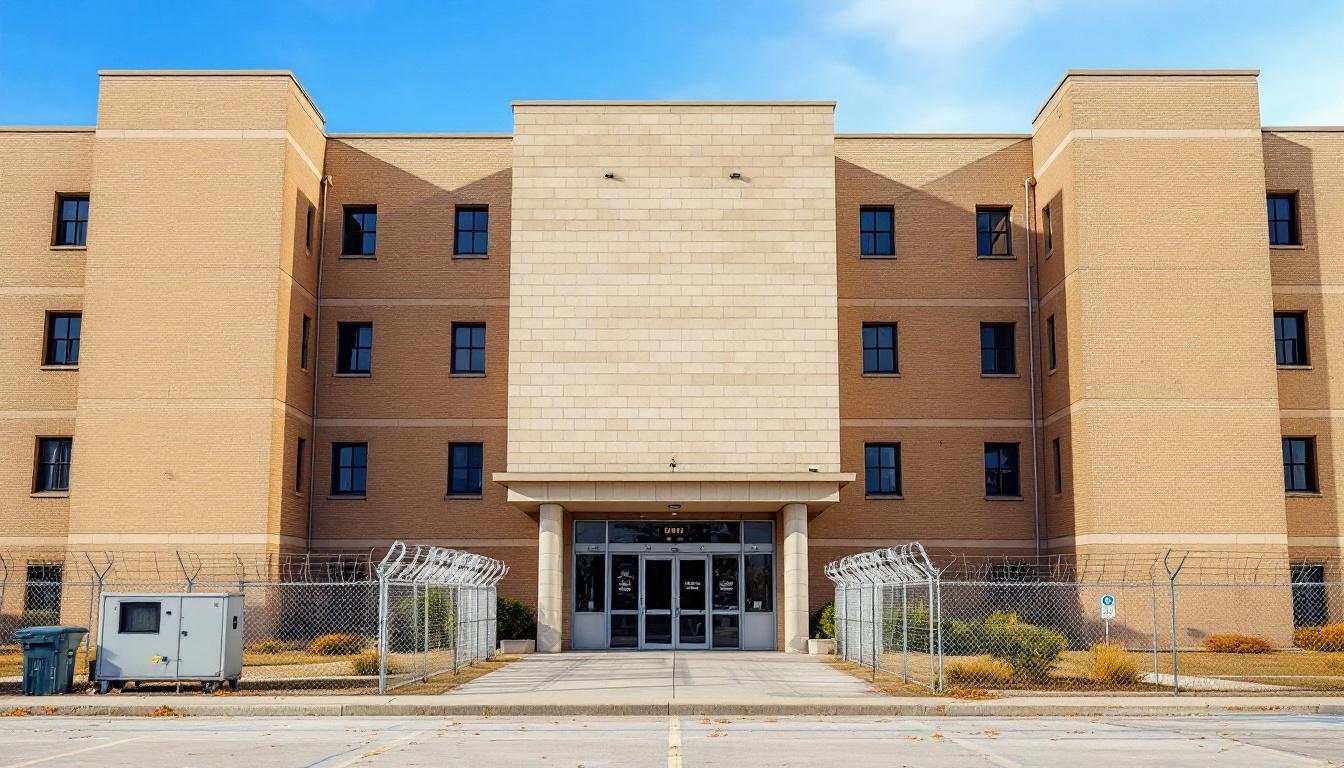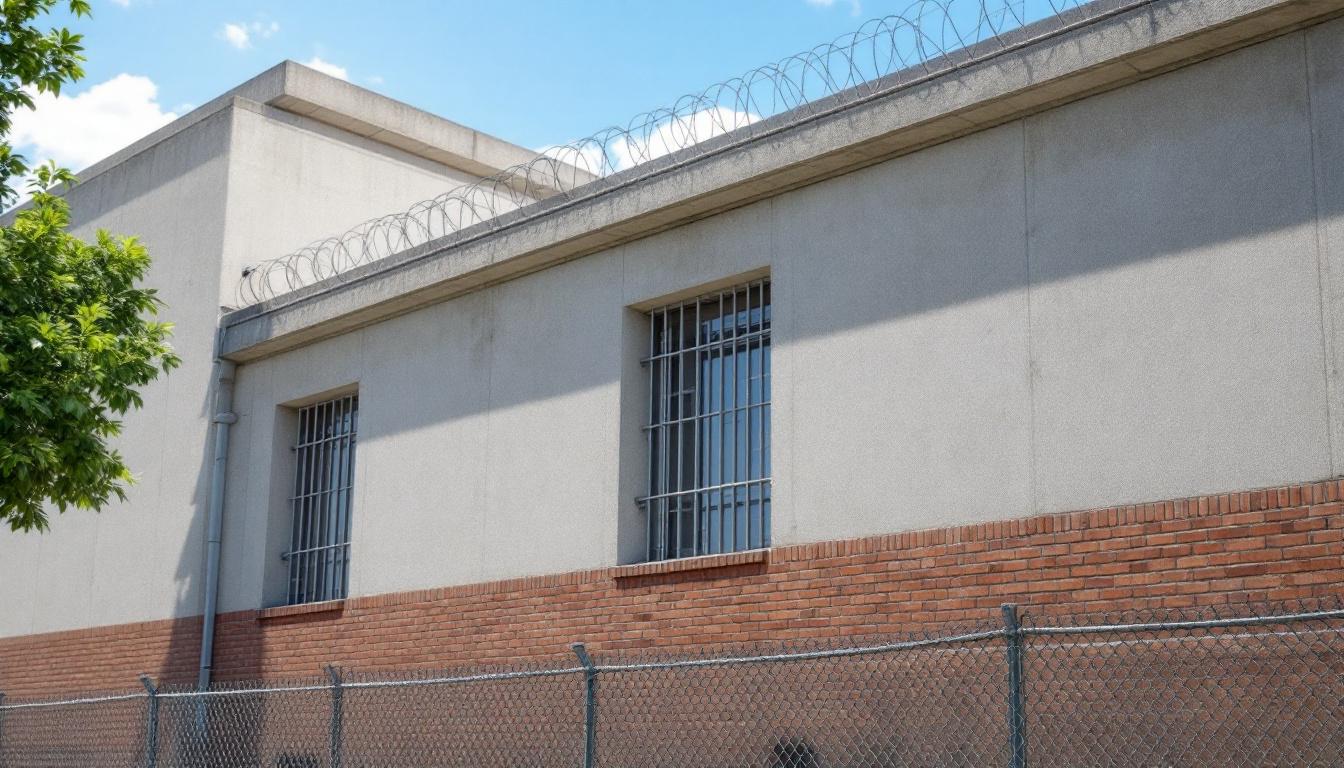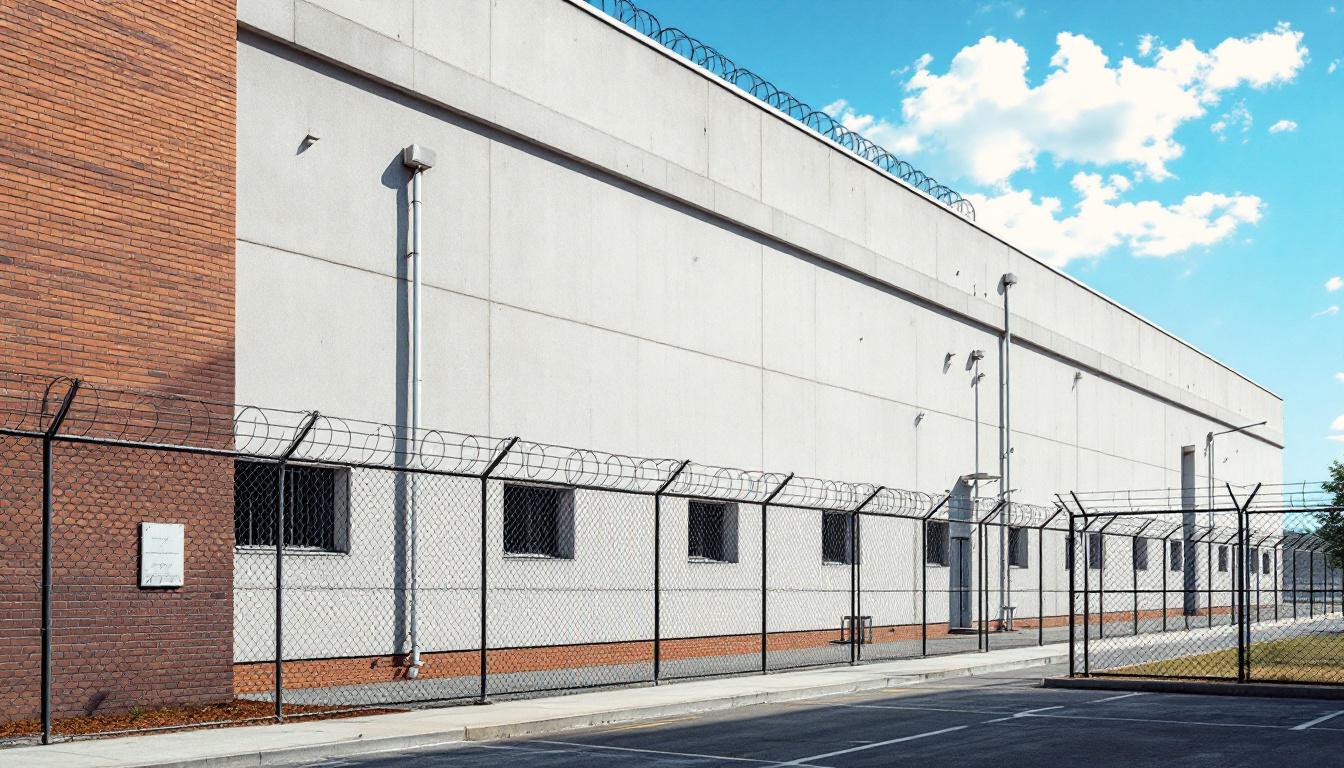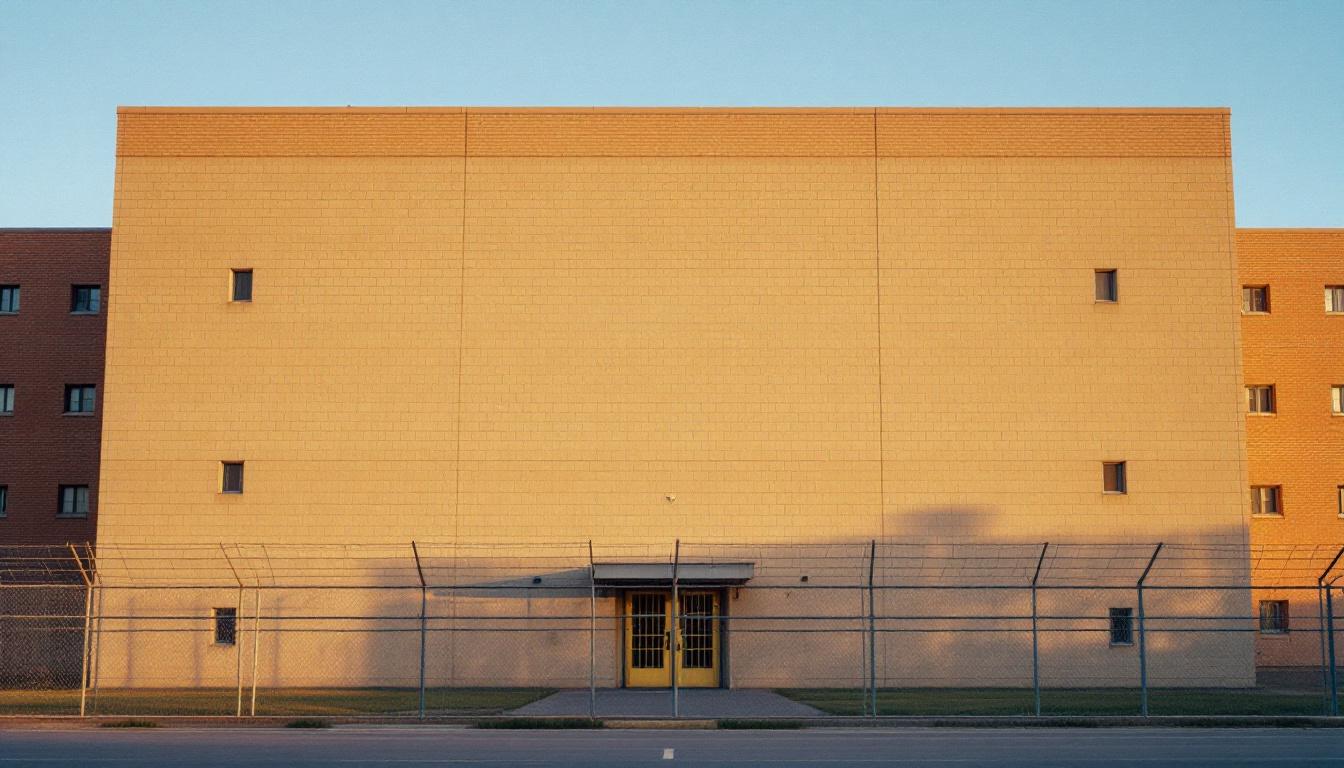
Quick Navigation
How to contact an inmate at Santa Barbara County Jail
This comprehensive guide will walk you through how to connect with an inmate at Santa Barbara County Jail. Follow the steps below to find an inmate and send letters and photos:
- Search for the inmate using our search tool below
- Create your account or log in to Penmate
- Write your message (up to 6,000 characters)
- Send instantly - inmates receive printed copies daily
Find an Inmate
Search for an inmate to start communicating today
Tip: You can search by first name, last name, or inmate ID number
To contact a person at Santa Barbara County Jail start by searching for the person on the facility website. Perform a search by following these steps:
- Step 1: Enter their first name and last name into the search form and click "Search"
- Step 2: Locate their inmate record
- Step 3: Write down their Inmate ID and any housing information provided
Important! Be sure to enter the person's full name. Nicknames should not be used.
How to Send Messages to Inmates

You can use your phone or computer to send emails, letters, and photos to an inmate. Messages are sent electronically to inmate tablets or kiosks at the facility. If you would like to send a message, start by searching for an inmate at Santa Barbara County Jail.
Sending Photos and Postcards

A great way to send love and support to a loved one at Santa Barbara County Jail is to send photos and postcards. It only takes a few minutes to send photos from your phone and it makes a huge difference. You can also mail postcards with words of support and inspiration, or design your own postcard for special moments like birthdays and holidays.
Important! Be sure not to send any explicit photos or they may not be approved by the facility. You can also use a photo printing app like Penmate to make sure your photos are printed at the correct size (4x6 or 3x5) and are mailed according to the rules and regulations of Santa Barbara County Jail.
Frequently asked questions about Santa Barbara County Jail
-
How long does it take to deliver a message?
If you're sending an email message your letter is usually delivered within 24-48 hours. For messages sent via mail you should expect delivery within 3-7 days. All messages will need be approved by Santa Barbara County Jail.
-
How much does it cost to send a message to Santa Barbara County Jail?
You can send a message free using your phone or mail a message via USPS for the price of a $0.60 stamp and envelope. You can also purchase credits or e-stamps from services starting at $1.99.
-
What services can I use to contact an inmate at Santa Barbara County Jail?
Penmate
You can use Penmate to send letters and photos to an inmate from your phone. It's an easy way to stay in touch during your loved one's incarceration. Use the inmate locator to find an inmate's location and contact information, then you can send messages within a few minutes.
Securus messaging
Securus may be another option for communicating with an inmate at Santa Barbara County Jail. You can create a friends and family account and purchase credits to send messages. All messages will be reviewed and must be approved by the facility.
JPay
Some county jails and state prisons may support sending messages with JPay. You must register an account with the system, find your loved one, and purchase stamps to send messages. For some locations you can also attach photos.
Smart Jail Mail
You may also check if Smart Jail Mail is available at Santa Barbara County Jail. Smart Jail Mail is operated by Smart Communications and has contracted with some state and county jails. After purchasing credits, your messages and photos are sent to the facility, printed out, and then handed out to your loved one.
-
What is the mailing address of Santa Barbara County Jail?
Mailing address:
Santa Barbara County Jail
4436 Calle Real
Santa Barbara, CA 93110
Phone: (805) 681-4260Business hours:
- Monday: Open 24 hours
- Tuesday: Open 24 hours
- Wednesday: Open 24 hours
- Thursday: Open 24 hours
- Friday: Open 24 hours
- Saturday: Open 24 hours
- Sunday: 8:00 AM – 5:00 PM
-
What are the visiting hours at Santa Barbara County Jail?
Visiting hours at Santa Barbara County Jail vary by housing unit and security level. Generally, visits are scheduled on weekends and holidays, with some facilities offering weekday visits. Contact the facility directly at (805) 681-4260 or check their website for the current visiting schedule. Visits typically last 30-60 minutes and must be scheduled in advance.
-
What items are prohibited when sending mail to Santa Barbara County Jail?
Prohibited items typically include: cash, personal checks, stamps, stickers, glitter, glue, tape, staples, paperclips, polaroid photos, musical or blank greeting cards, hardcover books, magazines with staples, and any items containing metal or electronics. Only send letters on plain white paper with blue or black ink. Photos must be printed on regular photo paper (no Polaroids). Always check with Santa Barbara County Jail for their specific mail policies.
-
How do I send money to an inmate at Santa Barbara County Jail?
You can send money to an inmate at Santa Barbara County Jail through several methods: 1) Online using JPay, Access Corrections, or the facility's approved vendor, 2) Money orders mailed directly to the facility with the inmate's name and ID number, 3) Kiosks located in the facility lobby, or 4) Over the phone using a credit or debit card. Fees vary by method, typically ranging from $2.95 to $11.95 per transaction.
-
Can I schedule a video visit with an inmate at Santa Barbara County Jail?
Many facilities now offer video visitation as an alternative to in-person visits. At Santa Barbara County Jail, video visits may be available through services like Penmate, Securus Video Connect, GTL, or ICSolutions. Video visits typically cost $10-20 for 20-30 minutes and must be scheduled in advance. You'll need a computer or smartphone with a camera and reliable internet connection. Contact the facility for their specific video visitation policies and approved vendors.
-
What identification do I need to visit an inmate at Santa Barbara County Jail?
All visitors must present valid government-issued photo identification such as a driver's license, state ID, passport, or military ID. Minors must be accompanied by a parent or legal guardian who can provide the minor's birth certificate. Some facilities require visitors to be on the inmate's approved visitation list, which may require a background check. Contact Santa Barbara County Jail for specific ID requirements and visitor approval procedures.
-
How can I find out an inmate's release date?
To find an inmate's release date at Santa Barbara County Jail, you can: 1) Use the online inmate search tool if available, 2) Call the facility's records department, 3) Contact the inmate's case manager or counselor, or 4) Have the inmate provide this information during a call or visit. For privacy reasons, some facilities only release this information to immediate family members.
Facility Overview
Contact Information
Santa Barbara County Jail4436 Calle Real
Santa Barbara, CA 93110
Phone: (805) 681-4260
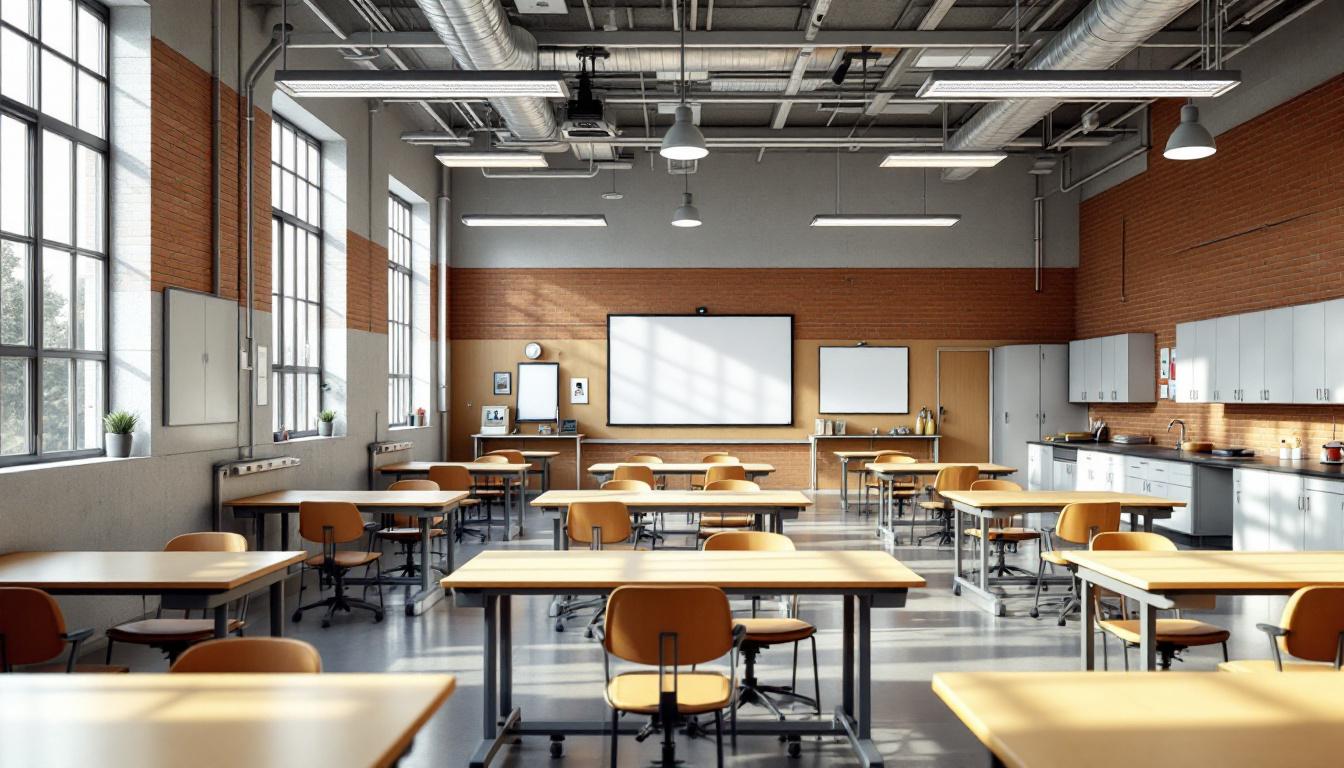
About Santa Barbara County Jail
County jail facilities serve as critical anchors within California's broader correctional infrastructure, and Santa Barbara County Jail exemplifies this essential role through its comprehensive approach to detention and community reintegration services. Positioned along the Pacific coast, this CA correctional facility operates within a regional network that extends throughout the Central Coast, typically coordinating with state institutions and neighboring county systems to ensure seamless transitions and appropriate placement for individuals at various stages of the justice process. The facility generally maintains its focus on serving the population services needs of Santa Barbara County residents while supporting broader regional corrections objectives through inter-agency collaboration and resource sharing.
Community-centered programming forms the foundation of operations at Santa Barbara County Jail, where rehabilitation efforts often emphasize preparing individuals for successful reintegration into local neighborhoods and family structures. The facility may offer educational opportunities, substance abuse counseling, and vocational training programs designed to address the underlying factors that contribute to criminal behavior. Mental health services typically play a significant role in daily operations, recognizing that many individuals in custody benefit from therapeutic interventions and ongoing psychological support. These comprehensive services often extend beyond the facility walls through partnerships with local organizations and service providers who continue supporting individuals after their release.
Santa Barbara's unique coastal geography and diverse economic landscape influence the facility's approach to serving its community, with programs that may reflect the region's agricultural, tourism, and technology sectors. The county jail generally functions as both a pre-trial detention center and a sentenced facility for individuals serving shorter terms, creating opportunities for varied programming that addresses different phases of the justice process. Family visitation and communication services typically receive emphasis, recognizing the crucial role that maintaining community connections plays in successful outcomes for both individuals in custody and their loved ones throughout Santa Barbara County.
Programs & Services
Through comprehensive support services, the population at Santa Barbara County Jail receives assistance designed to address underlying issues and prepare them for successful community reintegration. The facility's approach recognizes that meaningful change often requires addressing multiple areas of need simultaneously. Programs typically focus on building practical skills while also providing therapeutic support to help participants develop healthier coping strategies and decision-making abilities.
Educational initiatives may supply basic literacy instruction and GED preparation to help participants complete their high school education. Vocational training programs often include hands-on instruction in trades such as carpentry, providing the population with marketable skills for employment upon release. These educational and vocational services typically emphasize practical application and real-world readiness to enhance participants' prospects for stable employment and self-sufficiency.
Moreover, therapeutic programs address behavioral and emotional challenges through structured interventions like anger management courses. Rehabilitation programs may offer comprehensive support that combines counseling with life skills development. Transitional planning services often include assistance with housing, employment resources, and community connections to support successful reentry. Conflict resolution training typically helps participants develop better communication skills and alternative approaches to handling disputes, contributing to more positive relationships with family and community members upon their return.
Daily Life & Visitation

Systematic scheduling and clear organizational protocols shape every aspect of the experience for the population housed within Santa Barbara County Jail. The facility currently operates on structured daily routines that continue to provide predictability for residents, with wake-up calls typically occurring in the early morning hours followed by scheduled meal times, programming periods, and designated recreation slots. Count times punctuate the day at regular intervals, ensuring accountability while maintaining the flow of daily activities that supply essential structure to institutional life.
Housing arrangements generally place the population in dormitory-style units or individual cells, depending on classification levels and available space within the facility. Meals are typically served in designated dining areas or delivered to housing units, with the population receiving three meals daily that meet basic nutritional requirements. Personal property allowances usually include essential items like clothing, hygiene products, and limited personal effects, while commissary services may offer additional items for purchase when funds are available.
Moreover, recreational opportunities often include access to outdoor exercise areas, television viewing in common spaces, and structured programming that may encompass educational classes or vocational training when resources permit. Visitation policies typically allow for scheduled visits with family members and approved contacts, whereas communication options generally include monitored telephone calls and written correspondence. Work assignments within the facility supply additional structure and may involve kitchen duties, maintenance tasks, or cleaning responsibilities, helping the population maintain productive routines while contributing to facility operations.
Ready to Connect?
Start communicating with your loved one today
Search for an Inmate
